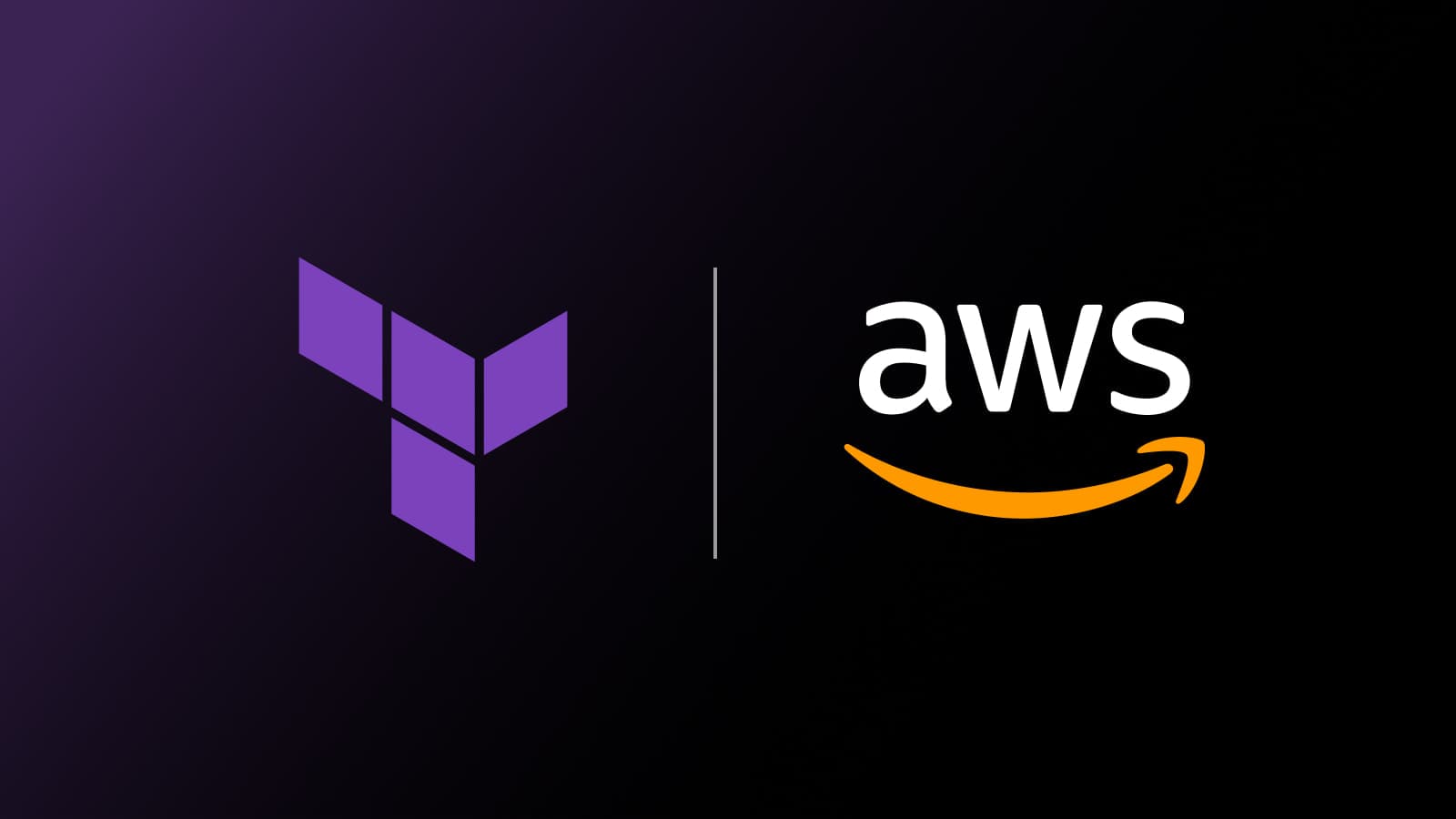Terraform, Packer, and CI/CD Videos from HashiTalks 2022
Several of this year’s HashiTalks speakers presented useful Terraform, Packer, and CI/CD tips and tricks. Learn from this list of highlights.
In our previous HashiTalks 2022 blog posts, we highlighted talks on observability, Consul-Terraform-Sync, Nomad experimentation, case studies, Vault and Boundary strategies, and Kubernetes integrations. This is the final post spotlighting HashiTalks 2022 content, and it focuses on useful Terraform, Packer, and CI/CD strategies.
»Terraform Config Drift: How to Handle Out-of-Band Infrastructure Changes
Ned Bellavance answers some big questions about what to do when out-of-band changes happen in HashiCorp Terraform. Learn how Terraform's decision matrix works and see what techniques you can use to get things back in sync after one of these out-of-band changes. Then find out how you can prevent these changes from happening in the first place.
»Writing High-Quality Terraform Modules for Exponential Organizations
Leonardo Rodrigues de Oliveira shares his best practices for writing scalable, reusable, and organized modules for Terraform. Learn about useful tooling, repository templates, tips, patterns, and anti-patterns for scalable Terraform modules.
»Importing Terraform Resources the Safe Way
Samuel Baena Hayas talks about the lessons learned at Glovo while importing critical resources into Terraform Cloud. Importing resources into a remote Terraform Cloud backend can be dangerous, especially when dealing with workspaces used by many engineers at the same time. We encourage DevOps practitioners and site reliability engineers (SREs) who have to deal with frequently used Terraform workspaces or generally deal with Terraform at scale to check this one out.
»Create Preview Environments for Terraform
Rita Sokolova showcases how to use Terraform, Terraform Cloud, and GitHub Actions to automatically create preview environments for your code changes. Preview environments let you review and test proposed changes to your services and infrastructure, allowing you to verify new features before releasing them.
»Engineering the Ability to Destroy Non-Production with Terraform
Shlomo Bielak demonstrates and explores the benefits of a Terraform pipeline that destroys environments — and can help you save 40-50% on an average cloud bill. This pipeline aims to help you remove idling, orphaned infrastructure instances in a more automated way.
»Best Practices for Terraform AWS Tags
Jirawat Uttayaya has written two blog posts on the best practices for Terraform AWS tags, and in this session he presents a compilation of those best practices. Terraform default tags for AWS are an easy way to add metadata to all AWS resources. They can be very powerful in maintaining your infrastructure code and implementing cost controls.
»Using tfsec to Scan Your Terraform Code
Owen Rumney shows how you can use tfsec to scan .tf and .tf.json files for mis-configurations to prevent them from reaching production. You’ll also learn how to use the tfsec VSCode extension and GitHub Actions to catch issues early.
»Building a Secure AWS Golden Image Pipeline with Packer, Vault, and Terraform
Mihai Criveti and Elif Samedin provide an end-to-end demo of a Terraform, Vault, and Packer-based CI/CD workflow for building secure and compliant operating system images, triggering Ansible and OpenSCAP for OS-image compliance and post-install steps.
»Automating Image Pipelines with HCP Packer
Caleb Albers explores how our team at HashiCorp leverages HCP Packer and GitHub Actions in production to help automate our image build, test, and deployment pipeline. Learn about the challenges we faced tracking Packer build metadata, testing images across multiple operating systems, and promoting builds to production, and see how HCP Packer helped us simplify and solve these challenges as we built our fleet of self-hosted GitHub Actions runners for Linux, macOS, and Windows.
»Nomad the Easy Way — Creating GitHub and GitLab Pipelines in Minutes
Tracey Jaquith shows how — in less than 15 lines of YAML and one CI/CD NOMAD_TOKEN secret — you can have full CI/CD pipelines to build, test, and deploy your Git repo to a Nomad cluster. Tracey also explains how archive.org moved Kubernetes to Nomad/Consul and shares tips and tricks for managing deployments, dealing with large repos, and more.
»Watch More Highlights
We’ve already posted HashiTalks 2022 highlight blogs covering helpful Vault and Boundary techniques, Nomad explorations, observability, Consul-Terraform-Sync, and Kubernetes integration, as well as insightful customer stories. To view all of this year’s HashiTalks recordings, visit our HashiTalks 2022 YouTube playlist.
Sign up for the latest HashiCorp news
More blog posts like this one
Vulnerability tools aren’t enough to resolve exposed credentials
Relying on vulnerability tools is insufficient for protecting against credential leaks; specialized solutions like HCP Vault Radar are necessary to effectively detect and prevent unauthorized access.

Terraform AWS provider tops 4 billion downloads, 6.0 now in public beta
HashiCorp and AWS continue to support the widespread demand for standardized infrastructure lifecycle management with the Terraform AWS provider 6.0.

The AWS GameDay challenge with Terraform
What if learning Terraform was a fun game you could play with your friends?